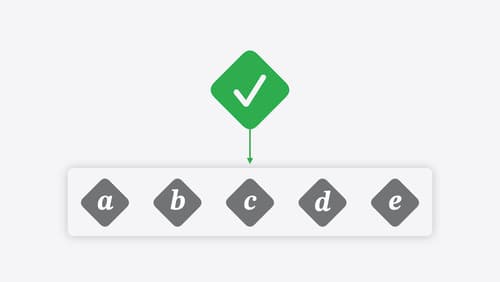Task cancellation
Asked on 2024-08-14
1 search
In the context of task cancellation, there are several relevant discussions from the WWDC sessions:
-
Meet TabletopKit for visionOS: This session discusses how task cancellation can occur during interactions, such as when a gesture is interrupted. The update callback in the interaction object allows for modifying the interaction, including canceling it. This is particularly relevant for handling dynamic user interactions in games or applications using TabletopKit.
-
Consume noncopyable types in Swift: This session explores how Swift's ownership model can help manage task cancellation. It highlights the importance of ensuring that tasks are properly canceled to avoid issues like memory leaks or unintended behavior. The session also discusses how noncopyable types can improve program correctness by enforcing ownership rules, which can help manage task lifecycles more effectively.
-
Enhance your UI animations and transitions: This session explains how UI transitions handle cancellation differently. For instance, a push transition is not canceled but converted into a pop, ensuring that the view controller lifecycle callbacks are completed. This approach ensures a consistent state for UI components even when user interactions are interrupted.
These sessions provide insights into how task cancellation is managed across different contexts in Swift and UI development, emphasizing the importance of handling cancellations gracefully to maintain application stability and performance.

Go further with Swift Testing
Learn how to write a sweet set of (test) suites using Swift Testing’s baked-in features. Discover how to take the building blocks further and use them to help expand tests to cover more scenarios, organize your tests across different suites, and optimize your tests to run in parallel.

Meet TabletopKit for visionOS
Build a board game for visionOS from scratch using TabletopKit. We’ll show you how to set up your game, add powerful rendering using RealityKit, and enable multiplayer using spatial Personas in FaceTime with only a few extra lines of code.

Enhance your UI animations and transitions
Explore how to adopt the zoom transition in navigation and presentations to increase the sense of continuity in your app, and learn how to animate UIKit views with SwiftUI animations to make it easier to build animations that feel continuous.
